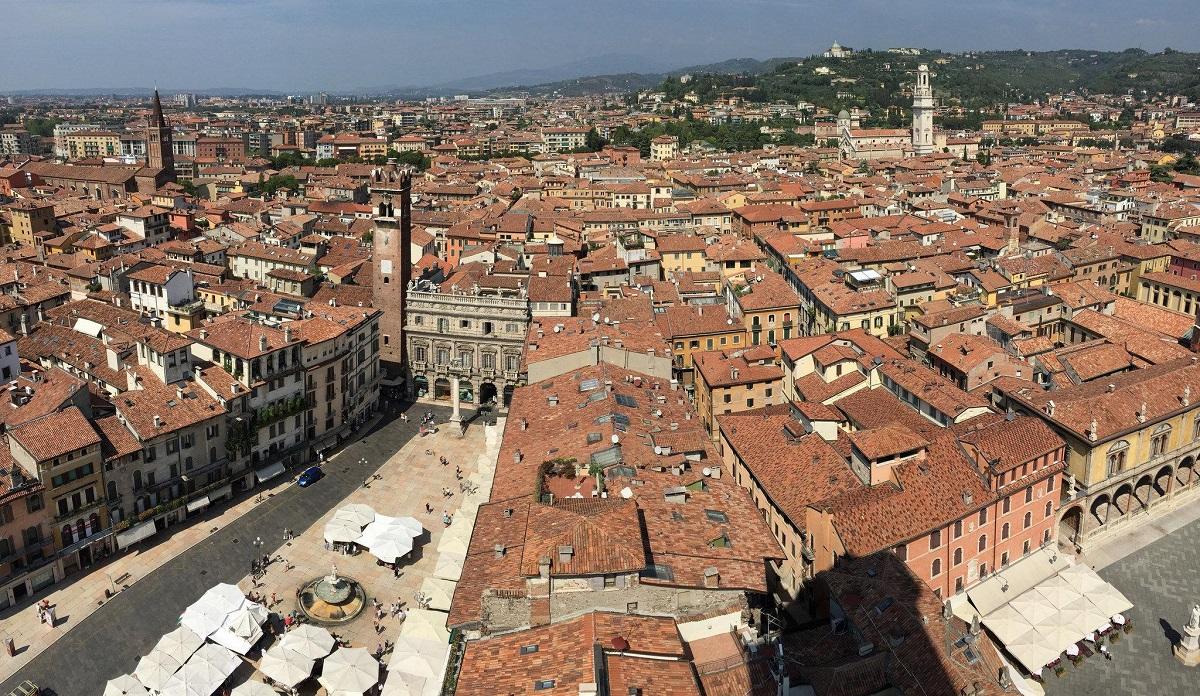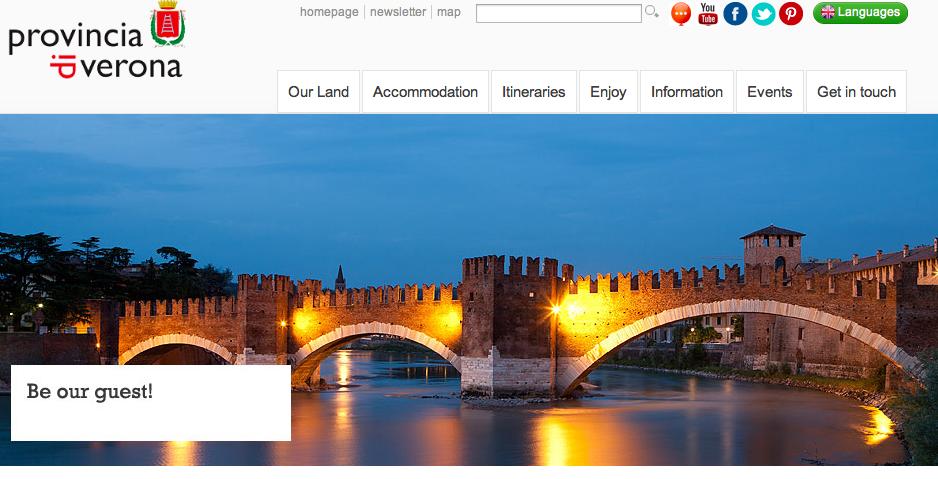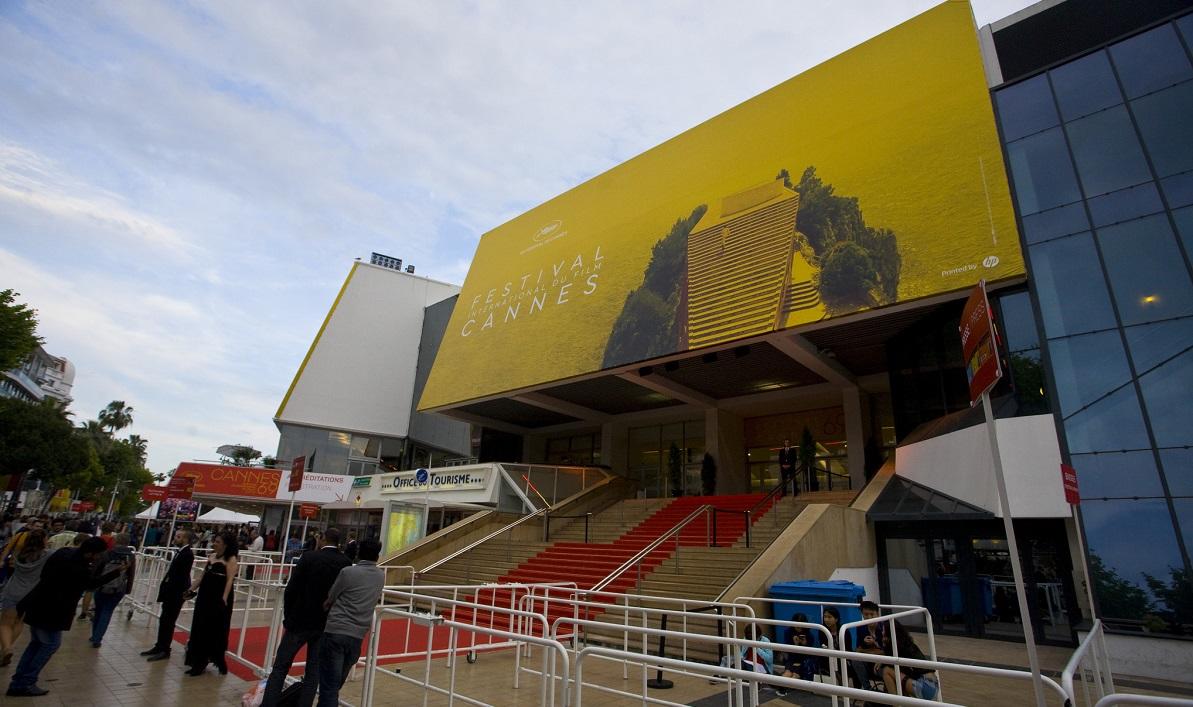Culture plays one of the key roles in facilitating an authentic experience of a place and is one of its liveliest assets. Many famous cities successfully use their cultural assets to motivate people to visit them. Simon Anholt considers culture as one of the most relevant elements of a city’s “Brand Hexagon” – and as such an essential part of its competitive advantage (well explained in his book Competitive Identity). In fact, culture has a capacity to influence and underpin all city brand components, from a city’s physical and economic aspects to its presence on international markets.
Culture has a huge potential to leverage residents’ and visitors’ behaviour and perceptions. It adds an emotional value to the city brand. The cultural distinction of a place can evoke emotions and create memories which, combined with personal experience and expectations, can be a strong driving force in terms of consumer behaviour.
Nowadays cities use increasingly more cultural events to enhance their image, to stimulate urban development and to attract visitors and investors.
How culture can serve a city brand: Example Verona, Italy
The second largest city in Italy’s Veneto region, Verona is globally known for its unique cultural heritage. Art and architectural monuments ranging from Roman, Middle Age to Austro-Hungarian Empire – protected as UNESCO World Heritage – attract about 750 thousand visitors each year.

What is interesting in the case of Verona, from the position of place branding, is the city’s approach to managing its cultural assets. Although the artistic and cultural activities of the city are based on the main landmarks representing Italian culture, the intangible brand assets management is what brings more than tangible economic results for the city and improves a quality of life.
In Verona the preservation of the past goes hand in hand with an innovative event-hosting policy to sustain the cultural offering for the future. Culture is understood as a tool for development of creative activities, which move the economic progress of a place. The scope and quality of activities aimed at promoting cultural diversity of a place is well incorporated in the main community action plan for sustainable city development and broadly supported by local government and businesses.
The unique experiences of the city are consistently communicated by local DMO encouraging visitors and residents to participate in active dialogue in regard of Verona tourism product.

In order to better understand the experiences of the visitors, the local DMO conducted a study resulting in a conceptual map of city attributes which directly influence visitor perceptions. The study had a profound effect on the city’s brand development, now paying equal attention to visitor target markets, residents and investors. Seeking to attract visitor spending through cultural and event activities, Verona has simultaneously revitalised its image as a lively and dynamic place to live and to invest in.
In the study, the supply side of the tourism offering was presented by a variety of factors: Safety, welcoming attitude, greenery, cleanliness, hygienic facilities and pedestrian zones were chosen as basic factors directly affecting visitor perceptions of tourism attractions. Service factors taken into account included signs, information points, parking, receptions, transport and road conditions. Monuments, museums and exhibitions together with a wide range of events – from opera and theatre to gastronomy and sport – were selected as factors of attractiveness.
Factors were then carefully analysed through the prism of their relevance, priority (level of importance), margin of satisfaction and price-quality ratio. Based on the results of factor analysis Verona’s DMO was able to map the areas of improvement within its tourism offering and to develop a powerful tool for managing visitor perceptions of the Verona brand.
Growing importance of events in city branding
Events, especially festivals and theatre performances are probably the most ancient form of creative activity which for a long time were a community affair, aimed at revitalizing the economy and to create infrastructure. With growing competition between cities on the global arena, events started to be used as a promotional and branding tool more often. As Richards and Palmer (2010) have argued, cities are increasingly developing cultural and other events because there is a widespread feeling that events are more flexible than certain types of fixed physical infrastructure.
Cannes Film Festival
The Cannes Film Festival is a symbol of the Cannes place brand. With its many glorious neighbours, this picturesque resort town in the South of France with the population of nearly 73.000 inhabitants has a lot to offer. Perfect sandy beaches, luxurious accommodation, world-class shopping and flawless French cuisine are available to its visitors all year around.

But it is the Cannes Film Festival which brought the global recognition to this small city and became its signature annual event. Besides being one of the major business affairs on the global film industry circuit, it is one of the largest media events in the world, on par with Olympic Games.
For 69 consecutive years Cannes Film Festival has been creating a never-ending emotional story, gathering crème de la crème of the world film and fashion industry. The atmosphere of Cannes breathes with glittering legends and memories inseparable from the city itself. No surprise that during two weeks of May the city population almost triples.
A feeling of co-presence, of “being there” and the high networking quality of the event are the strongest drivers attracting thousands of business and leisure visitors to the place. Obviously, Cannes Film Festival plays the key role in branding, positioning and promotion of the city destination. The soft and hard effects of the event foster a sense of pride and confidence among residents and contribute to the perceived quality related to the destination among visitors.
The ability of events to stimulate cultural and visual consumption among residents and visitors and to shape the distinctive image of the host city is the main reason why larger cities started seeing events as a branding tool.
In order to succeed, event hosting requires a holistic approach to the managing of space and time aspects. Design-oriented urban landscape, new services, cooperation between the public and private sector, financial incentives and a wide range of promotional and advertising activities, all implemented with the public interest in mind, are the important measures to achieve the desired effect.
Otherwise the event will have an opposite effect on the city image. Unsafe environment, dirty streets, lack of accommodation, parking and hygienic facilities and unwelcoming residents can easily ruin the impressions and expectations of a cultural event, no matter how brilliant it is. In such a case the outcome will be disastrous for the city’s image and economy.
 About the author
About the author
Svetlana Masjutina is an independent researcher and adviser based in Monaco with a focus on urban innovation, territorial marketing and the branding and promotion of places and destinations.
Connect with Svetlana on LinkedIn.

